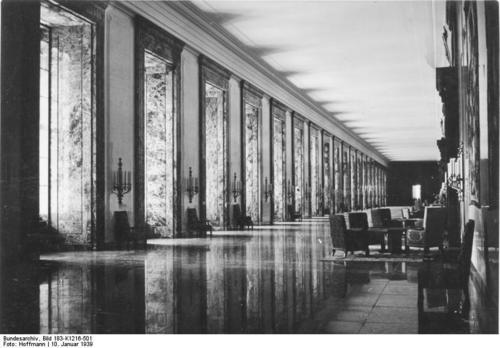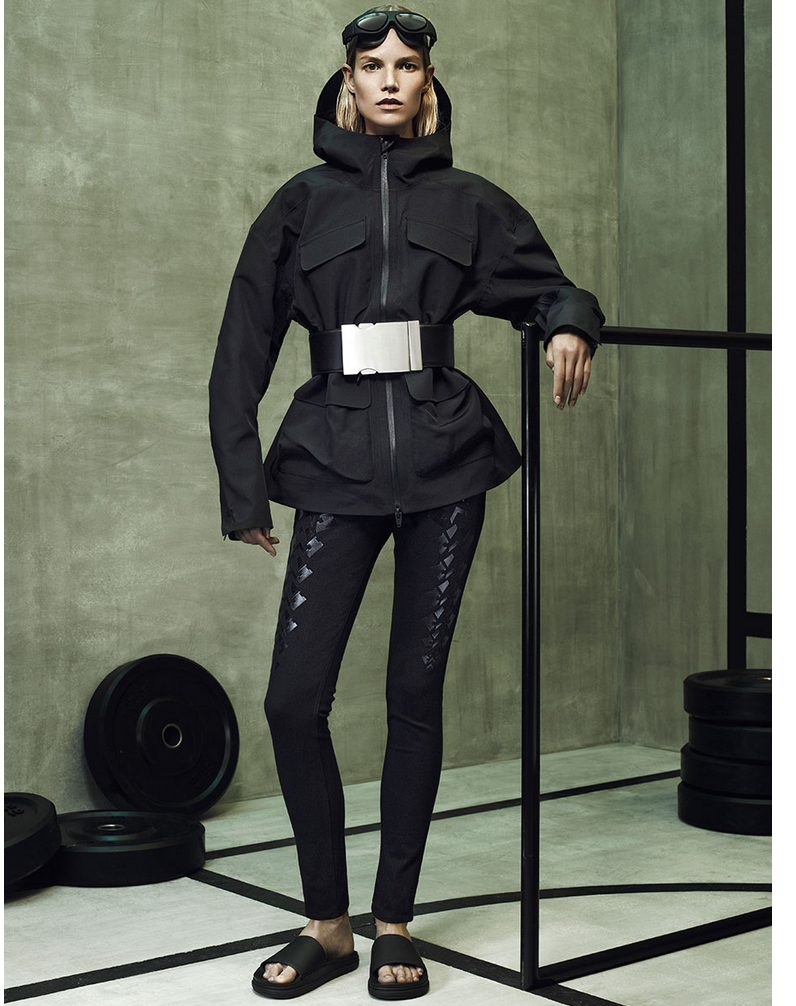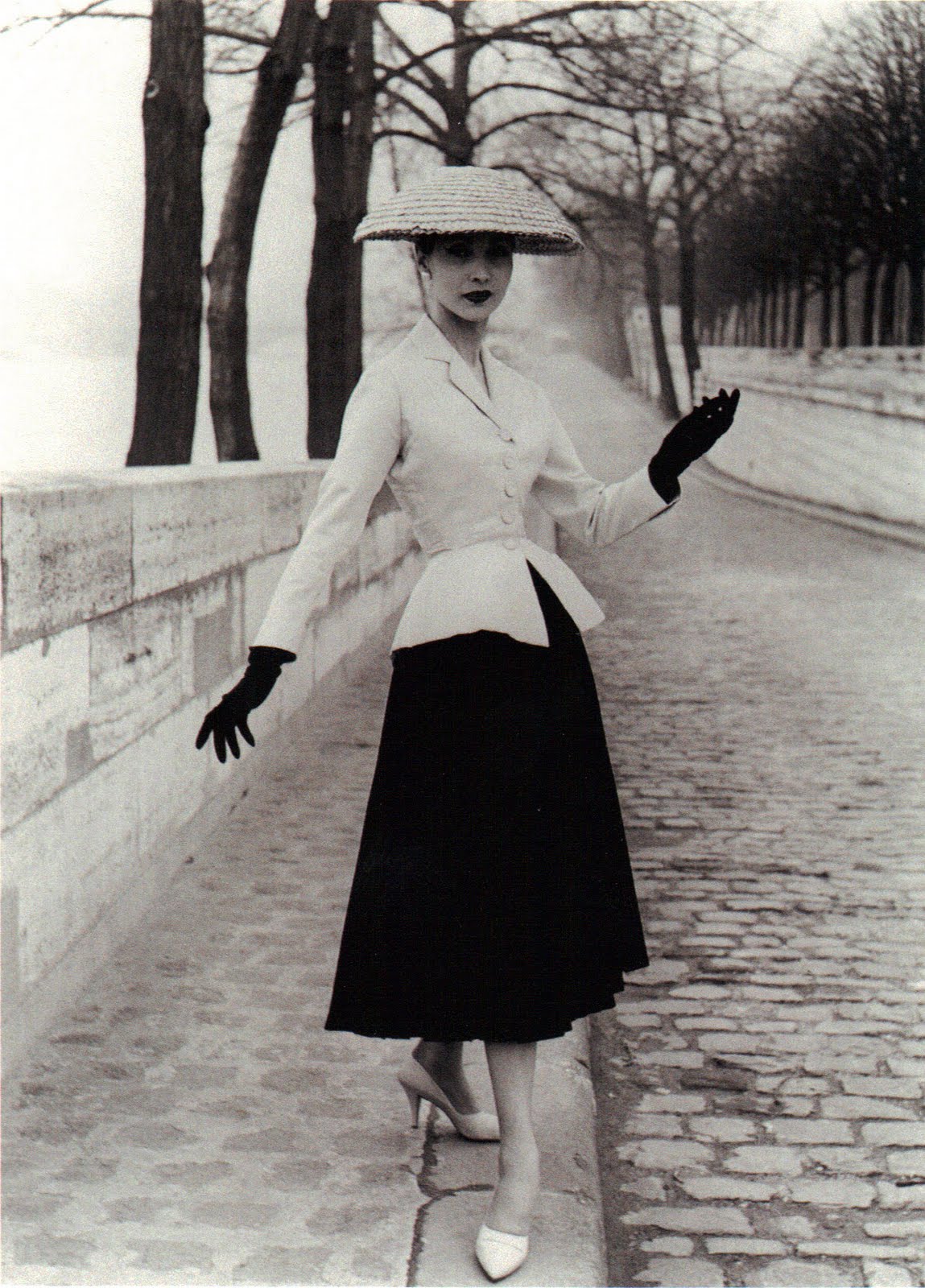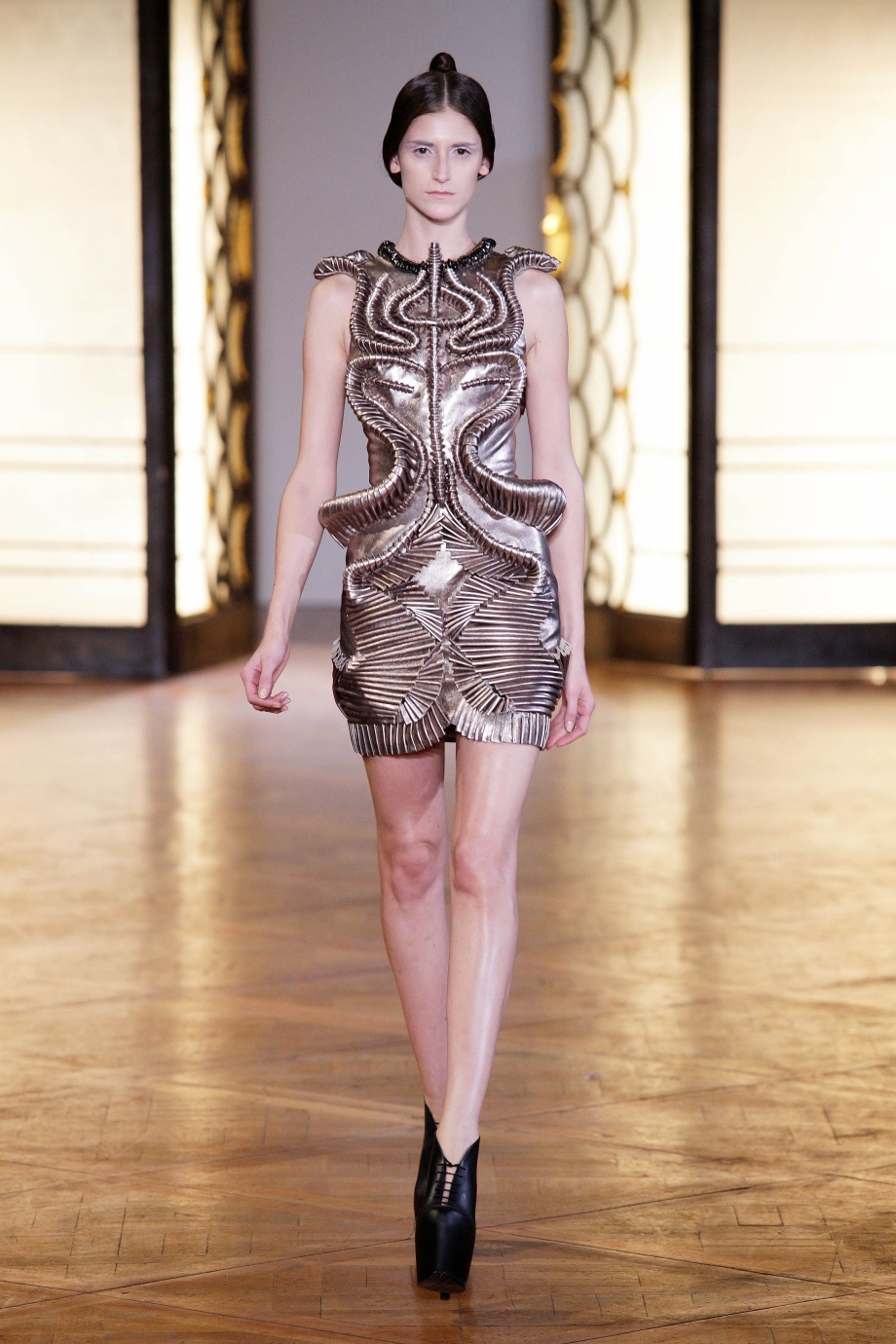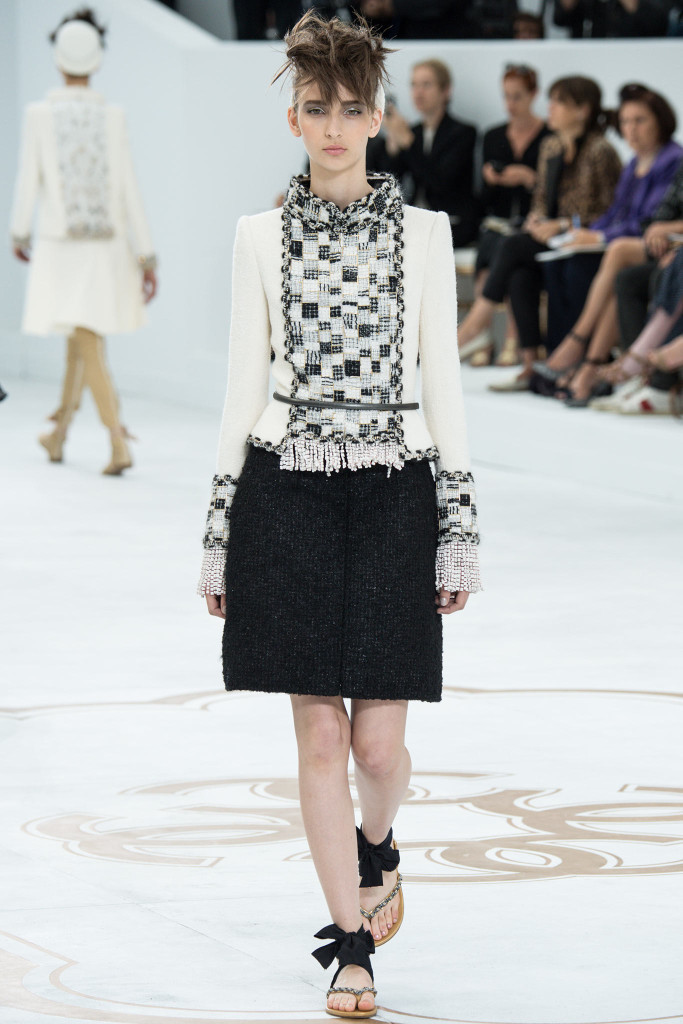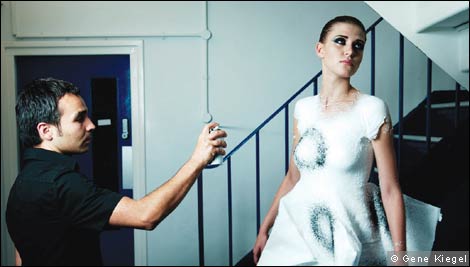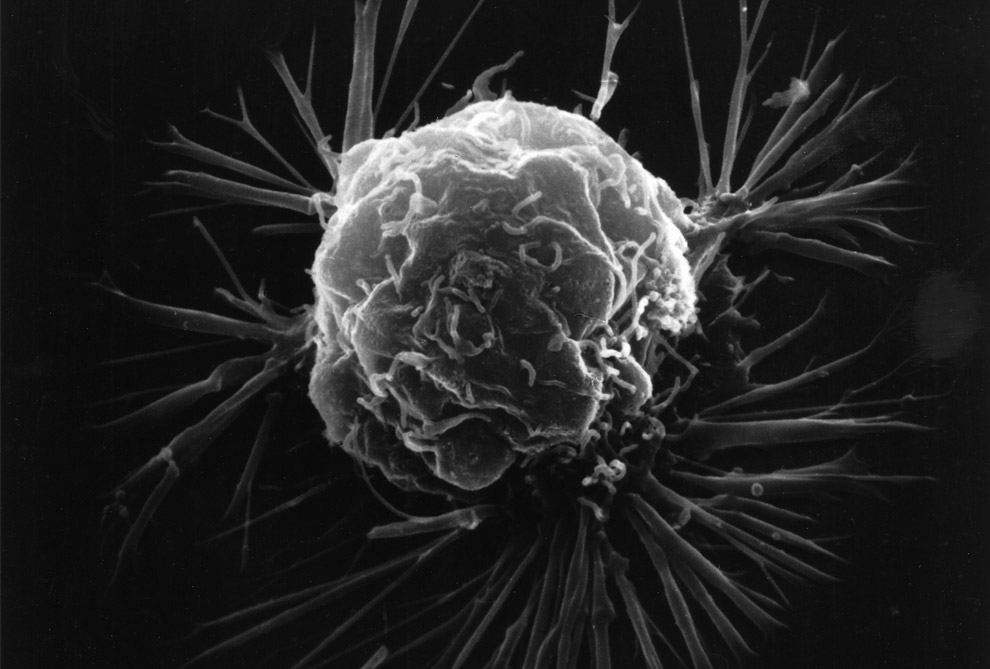Author | Christiane Nickel
It’s fast, infectious, and inevitably fleeting, but once you’ve spotted that signature black modern tailored puffer you’ll be conjuring up your inner honey badger just to get to it before the others do. With the debut of Alexander Wang’s collection for H&M (November 13), just about everyone and their Tinder date will be grazing through the racks of America’s number one fast fashion emporium. Athleisure, the eponymous trend of 2014, is credited for bringing back the Adidas soccer sandal. And doing a neoprene redux on the drop crotch is the very nucleus of this monochrome collection.
Yes, people will love it for its mesh paneled leggings and leather joggers. Opinion leaders and bloggers alike will be pining for their sexy little black gloves and bulky WANG beanies. I can guarantee you if I took a shot for everyone who will be coveting one of their crop tops at just about any queer dance party, I will probably suffer liver damage. It’s sporty and relatively edgy in its new set of silhouettes, but being the pop culture junkie/fashion historian I am, I find something quite visually disturbing about this collection. It’s not about the look itself – it’s when you give it a historical or cultural context that my chest tightens and my eyes widen.
A few years ago those riotous color blocked lines of 2012 were replaced by a monochrome palette. There’s a certain severity of the movement: a blunt, graphic line of the silhouette of the skirt. If this ensemble were a physical building I think the windows would be represented by the mesh inserts – wide, never-ending and casting a severe light on the interior. Everything else would have to be a heavy thick material like concrete.
The structure would have monumental proportions with long gaping spaces, much like would you would see in brutalist architecture. Brutalism was an idea born out of Nazi-era architecture via Albert Speer. It blossomed in the ‘70s across America and can still be found in government and office buildings. From the Ryung Gyong hotel to the President’s Building, they both capture the same silhouette found in these ensembles. Obviously, this may not have been intentional, but the stylistic severity (which is unlike any of the other more fluid athleisure collections of this past season) and subconscious visual language is something to be considered.
The extensive use of matte hi-tech materials was a trend which evolved into an aesthetic for many. From 3D printed cocktail sheaths to the the commercial retail of antibacterial medical textiles, the allure of genetically engineered textiles has reached maniacal proportions. Not to say this is a bad thing in the least. Even Christian Dior’s iconic Bar Suit has been reengineered and to weather through any climatic extreme or zombie apocalypse (if that’s what you’re going for). Even the most fragile and fleeting silhouettes from this past season’s Haute Couture fashion week seem to be armored in ornamentation.
The graphic scheme of this collection is rather severe unabashedly celebrating Mr. Wang’s brand new blaring, blocky font along with tessellated, jagged little meanderings down throughout the separates. Like mechanical parts or industrial scaffoldings there is something aggressive and hardened as if each shape is it’s own microorganism genetically designed and evolved to fight off and sustain itself. Other lines seen in this collection are lithe, discrete yet constant and uncompromising. Severe in complexity or in sinuousness, the graphics and silhouettes found in Alexander Wang’s collection are uncompromising and faultlessly urban. Destined to be a covetable must this winter, its meant to feel like second skin yet utterly chic and effortless. But I can’t help but try to decode and the collective consciousness which lies beneath.


